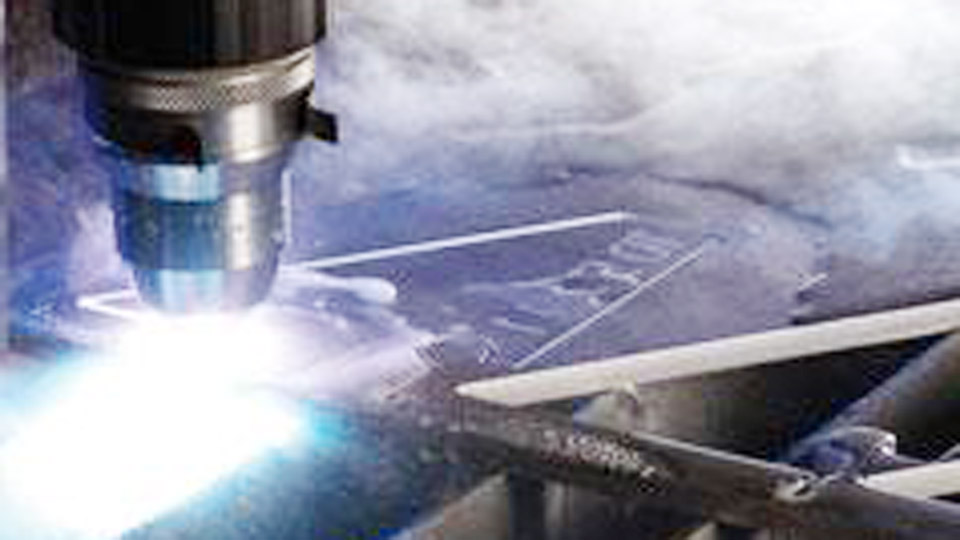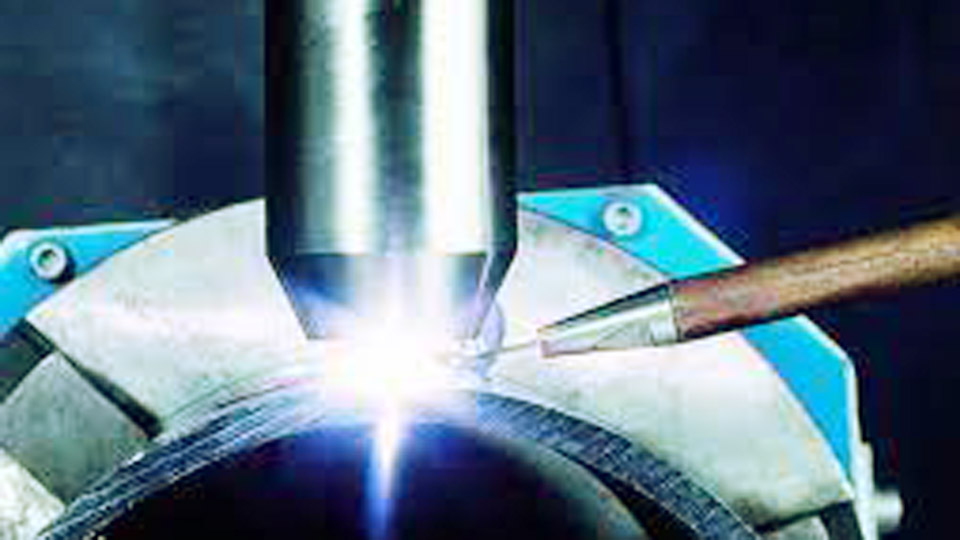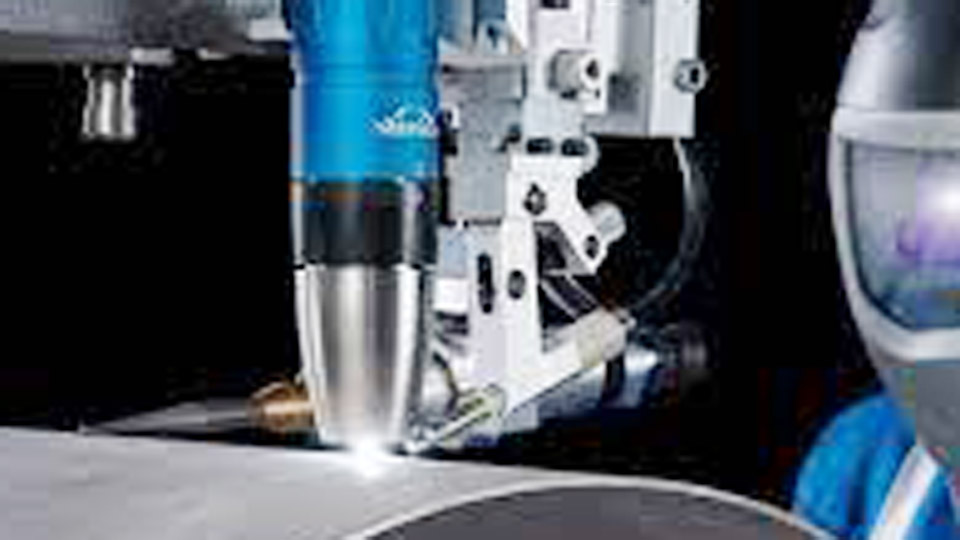If you’re thinking about stepping up your welding game or diving into more precise and high-performance techniques, you’ve probably come across Plasma Arc Welding, often called PAW. I remember the first time I heard about it—I was both curious and a little overwhelmed.

Image by canadianmetalworking
It sounded high-tech, and honestly, it is. But it’s also a fascinating process that can do things other types of welding can’t. Whether you’re a beginner trying to understand your options or a seasoned welder wanting to expand your skills, knowing the pros and cons of plasma arc welding can help you make a smarter choice.
Let’s sit down and go through everything together. I’ll break it down clearly, without confusing terms, and I’ll share what I’ve learned from real hands-on experience.
What Is Plasma Arc Welding?
Plasma Arc Welding is a process that uses an electric arc formed between an electrode and the workpiece. This arc creates a plasma—a hot, electrically conductive gas—that melts the metal.
Unlike traditional arc welding, PAW lets you control the arc more precisely by separating the arc from the gas nozzle. That means you can produce a very focused and stable heat source.
I like to think of plasma arc welding as TIG welding’s more powerful and more precise cousin. It’s mainly used for thin metals or projects that need clean, high-quality welds. It’s also used in heavy-duty industrial applications, especially where accuracy and repeatability matter most.
Where Plasma Arc Welding Is Commonly Used
Before we dive into the advantages and disadvantages, it’s important to understand where PAW is usually used. This gives you context for its strengths and weaknesses.
Plasma arc welding is often found in:
- Aerospace industries
- Nuclear power plants
- Medical device manufacturing
- Electronics
- Automotive part fabrication
- Precision instruments
These fields rely on high-precision welds with minimal distortion. So, if you’re in or aiming for any of those industries, plasma arc welding could be a great tool in your toolbox.
Advantages of Plasma Arc Welding
Let’s get into the good stuff first. There are many reasons why professionals lean toward plasma arc welding when the job calls for high precision and quality. Here’s what I’ve personally noticed as benefits, and why you might consider PAW for your welding projects.
High Precision and Control
Plasma arc welding gives you excellent control over the heat source. The arc is very narrow, which allows for detailed, fine welding even on tiny parts. This is incredibly useful when working with thin materials or small, delicate components.
You can set the arc exactly where you want it, and it stays consistent. That means fewer errors and better-quality welds. Honestly, once I got the hang of the controls, I was amazed by how neat my welds looked.
Strong and Clean Welds
PAW produces strong, high-quality welds with deep penetration. The weld zone is narrow, and there’s less mixing of the base metal and filler metal. That means cleaner results and less cleanup after the job.
It also creates fewer impurities in the weld bead. So, when I’m working on projects that need to meet high-quality standards, plasma arc welding is usually my go-to.
Less Heat Distortion
Since the heat is concentrated in a small area, the surrounding metal doesn’t get as hot. That reduces the chance of warping or distortion in your workpiece.
For me, this is a big deal, especially when working with thin metals like stainless steel or titanium. With other welding methods, those metals can bend or warp easily. PAW helps avoid that mess.
Deeper Penetration at Lower Amperage
This part still impresses me. With plasma arc welding, you can achieve deep penetration without cranking up the amperage too high. That makes it more energy-efficient in many cases.
Also, this lower current level reduces wear and tear on your equipment. It’s just another way this process is great for precise and long-term welding.
Faster Welding Speeds
Plasma arc welding can be faster than TIG or MIG welding in many cases. If you’re running a production line or just want to finish jobs quicker, that speed can really make a difference.
When I had to weld a series of parts for a custom metalwork job, switching to PAW saved me hours. The arc stayed stable, and I moved faster without sacrificing quality.
Ability to Weld Different Materials
PAW is versatile. It works well on stainless steel, titanium, copper, aluminum, and even some exotic metals. That’s why it’s so popular in aerospace and medical industries.
If you’re like me and enjoy working on a wide variety of projects, this flexibility is a huge plus.
Good Automation Potential
This process can be easily automated. So, for businesses looking to scale up or increase productivity with robotic systems, plasma arc welding fits right in.
Even if you’re just starting with semi-automatic equipment, it’s a great stepping stone to full automation later on.
Disadvantages of Plasma Arc Welding
Now, as good as it sounds, plasma arc welding isn’t perfect. It does come with a few drawbacks that are important to know before you dive in.
Some of these might be deal-breakers depending on what kind of work you’re doing or how much you’re willing to invest.
Equipment Is Expensive
One of the first things I noticed about PAW was the price tag. The machines, torches, and power supplies are more expensive than standard MIG or TIG setups. This can be tough, especially for hobbyists or small shops.
If you’re just starting out, it might not be the best financial choice unless you really need that level of precision.
Requires Skilled Operation
Plasma arc welding isn’t beginner-friendly. It takes time to learn how to handle the controls properly. The arc is narrow and powerful, and if you’re not careful, it’s easy to burn through the material.
When I started, I definitely made a few mistakes. You really have to understand how the machine works and how different settings affect your weld. Training and practice are essential.
Noisy Operation
Plasma arc welding systems can be quite loud, especially when compared to TIG. The sound from the high-velocity gas flow can be annoying, and you’ll definitely need hearing protection if you’re using it often.
It’s not unbearable, but it’s something to be aware of if you’re working in a shared space or smaller workshop.
Limited Portability
The machines are not very compact. Plasma welding systems tend to be larger and heavier than other types of welding equipment. So if you need something mobile, PAW might not be the most convenient choice.
I usually use it in my main workshop where I can keep the system set up permanently. For field jobs, I stick to lighter options like stick or MIG.
Gas and Cooling System Requirements
Plasma arc welding usually requires special shielding gases like argon, hydrogen, or a mix. It also needs a separate cooling system for the torch because of the high temperatures involved.
This setup adds complexity and cost. Plus, you have to maintain the coolant system regularly, which can be a bit of a hassle.
Risk of UV and Infrared Radiation
The concentrated arc produces strong ultraviolet and infrared radiation. So, safety is a big concern. You’ll need a proper welding helmet, gloves, and protective clothing every time.
If you’re not careful, even short exposure can cause skin burns or eye injuries. I learned that lesson the hard way after underestimating how intense the arc was.
Quick Comparison Table
Here’s a simple table to give you a side-by-side view of the pros and cons:
| Advantages | Disadvantages |
|---|---|
| Precise and stable arc | High equipment cost |
| Clean, high-quality welds | Requires skilled operator |
| Less heat distortion | Loud and noisy |
| Deep penetration with low amperage | Bulky and less portable |
| Works on various metals | Needs cooling and shielding systems |
| Good for automation | Strong UV and IR radiation exposure |
| Faster welding speeds |
Is Plasma Arc Welding Right for You?
That really depends on your goals. If you’re into precision welding, working with specialized metals, or aiming for industries like aerospace or electronics, then yes—PAW might be the perfect choice. It’s powerful, clean, and accurate.
If you’re new to welding, working on a tight budget, or doing basic fabrication work, you might want to start with MIG or TIG first. They’re easier to learn and much cheaper to get into.
What I often recommend is to get familiar with TIG welding first. Once you’re confident with that, transitioning to plasma arc welding will be much smoother.
Conclusion
Plasma arc welding is a fantastic technology with a lot to offer. I’ve used it on precision jobs where nothing else could match its level of control and quality.
It’s not without its challenges. The cost, complexity, and learning curve can be a bit much if you’re just starting out.
That said, if you’re willing to invest the time and money, it opens the door to high-level welding applications that not many others can do. For me, it’s been worth every bit of the effort.
At the end of the day, the best welding method is the one that fits your needs, skill level, and goals. So take your time, do your research, and don’t be afraid to try new things. You might just find that plasma arc welding becomes one of your favorite tools in the shop.
FAQs
What is plasma arc welding used for?
Plasma arc welding is mainly used in industries like aerospace, medical devices, and electronics where precise, clean, and strong welds are needed.
Is plasma arc welding better than TIG welding?
It depends on the project. PAW offers more precision and speed but is more complex and expensive. TIG is easier to learn and still provides great quality.
Can beginners use plasma arc welding?
It’s not ideal for beginners due to the skill and cost involved. Starting with MIG or TIG is usually a better path before moving to PAW.
What materials can plasma arc welding handle?
You can weld stainless steel, aluminum, titanium, copper, and many specialty alloys with plasma arc welding.
Does plasma arc welding need special gases?
Yes, it usually requires gases like argon, hydrogen, or specific blends depending on the material and application.
Is plasma arc welding safe?
It’s safe if you use proper protective gear. The arc emits strong UV and IR radiation, so wearing a full welding helmet and protective clothing is a must.





